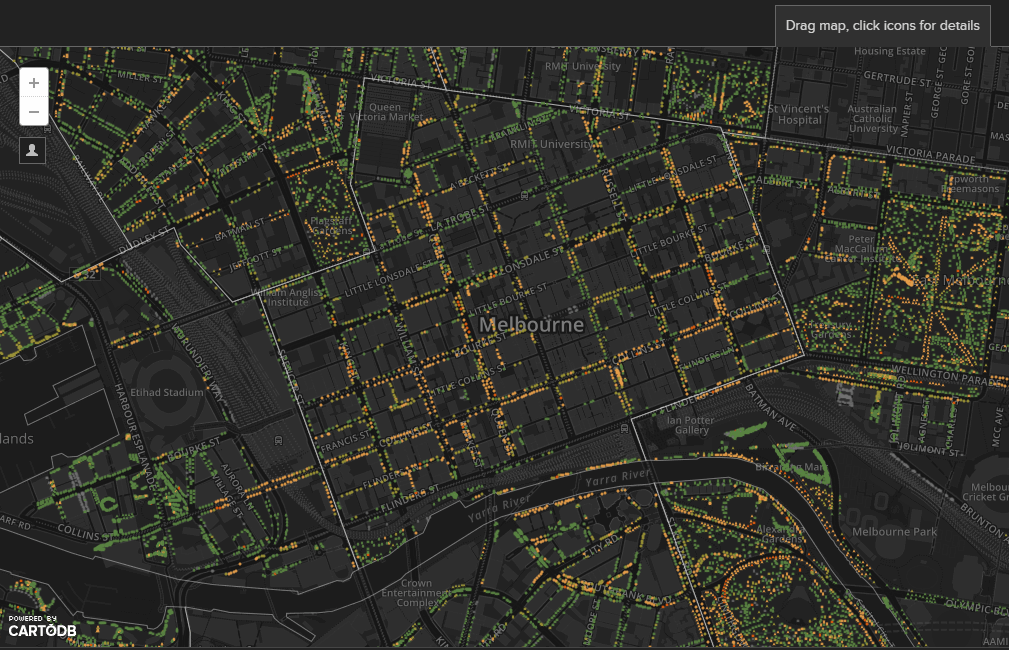What happens if each tree is given an email

In 2013, the Melbourne authorities cataloged 70,000 city trees (see the map of all trees). Each of them was assigned a personal ID and a corresponding postal address. As planned, it will be easier for the citizens to promptly report possible problems, such as dangerously hanging branches.
The result of the experiment was unexpected even for a city municipality. Instead of reporting problems, the residents of Melbourne began to send letters to the trees! Since that time, thousands of such letters have been received.
“My dear Ulmus,” begins one of the letters to the green elm. - When I left the college today. Mary, I was struck not by a branch, but by your radiant beauty. Probably, you receive such letters all the time. You are so beautiful. ”
')
In letters to trees one can find declarations of love, banal greetings and even philosophical arguments.
“Hi, tree! - a letter to red cedar (tree ID 1058295), - Are you worried that you will be affected by the Greek crisis? Should the Greeks be allowed to remain in the European Union? “Regards, Troy.”
“Such a postal correspondence shows how much Melbourne loves their trees,” says Arron Wood, environmental counselor for Melbourne. Recently, the committee published fragments of several letters, hiding the names of senders for privacy.
A fragment of a letter to another green elm (tree ID 1037148): “I am very sorry that soon you will have to leave us. I feel sad when trucks hit and damage your low hanging branches. Are you as tired of this building as we are? ”

Interactive Map of the Trees of Melbourne
Letter to Canarian oak (wood ID 1032705): “Dear Canarian oak. Thank you for giving us oxygen. Thank you for being so adorable. I don’t know where I would be if you didn’t take my carbon dioxide (probably in paradise). Stay strong, stand high above the crowd. You keep giving us your gift. We were going to discuss wildlife, but we have no free time and, unfortunately, we have other priorities. I hope that someday the environment will become our priority. ”
The Melbourne Trees Catalog is one of many projects in different cities of the world designed to improve communication between city authorities and citizens. In the end, people's lives should be better.
For example, in Chicago there is a pit tracker on the road , following the example of the famous Russian project RosYam . As it turns out, such crowdsourcing projects cause a lively response from people: they enthusiastically send the coordinates of the potholes on the road, contributing to the common cause. For road services, work is also simplified, in theory.
Probably, with the proliferation of smart sensors and augmented reality, the process will become even more intense and simple. The whole world around us will be, in a sense, “digitized”. Information about the same potholes on the road can be automatically collected from the suspension sensors of cars connected to the Internet.
Source: https://habr.com/ru/post/365793/
All Articles